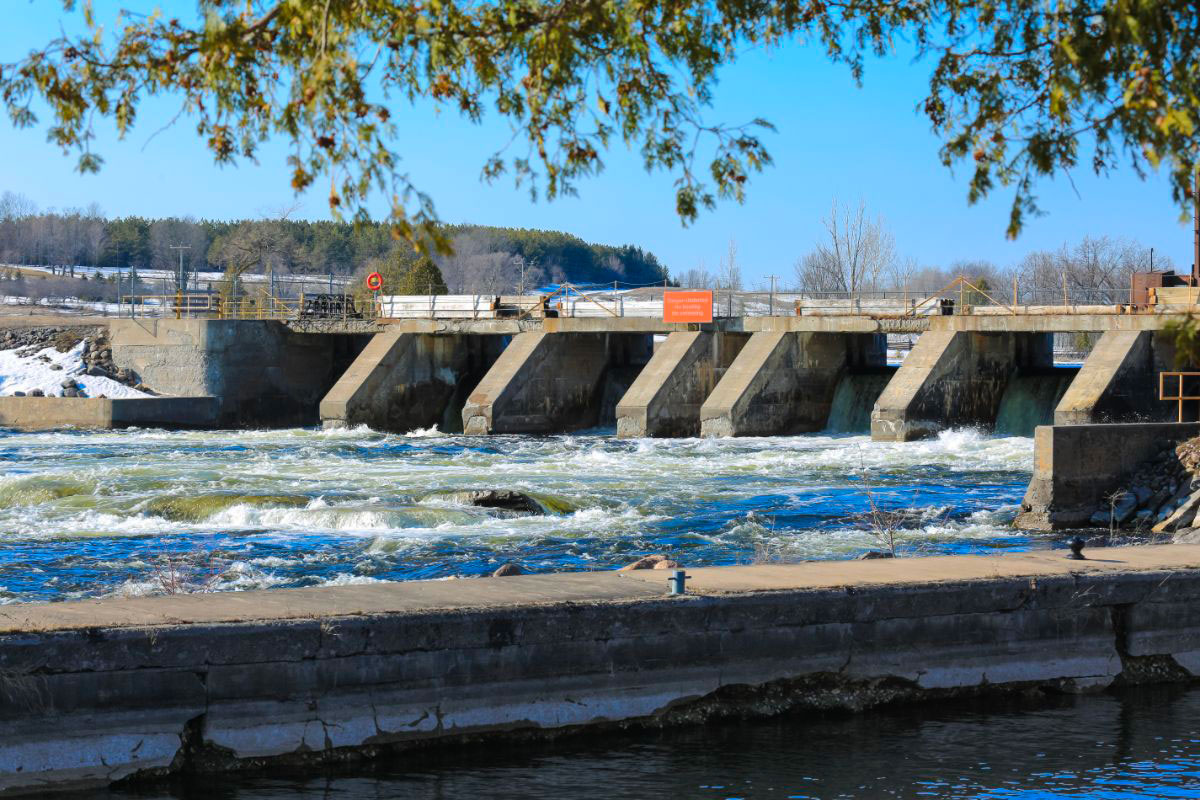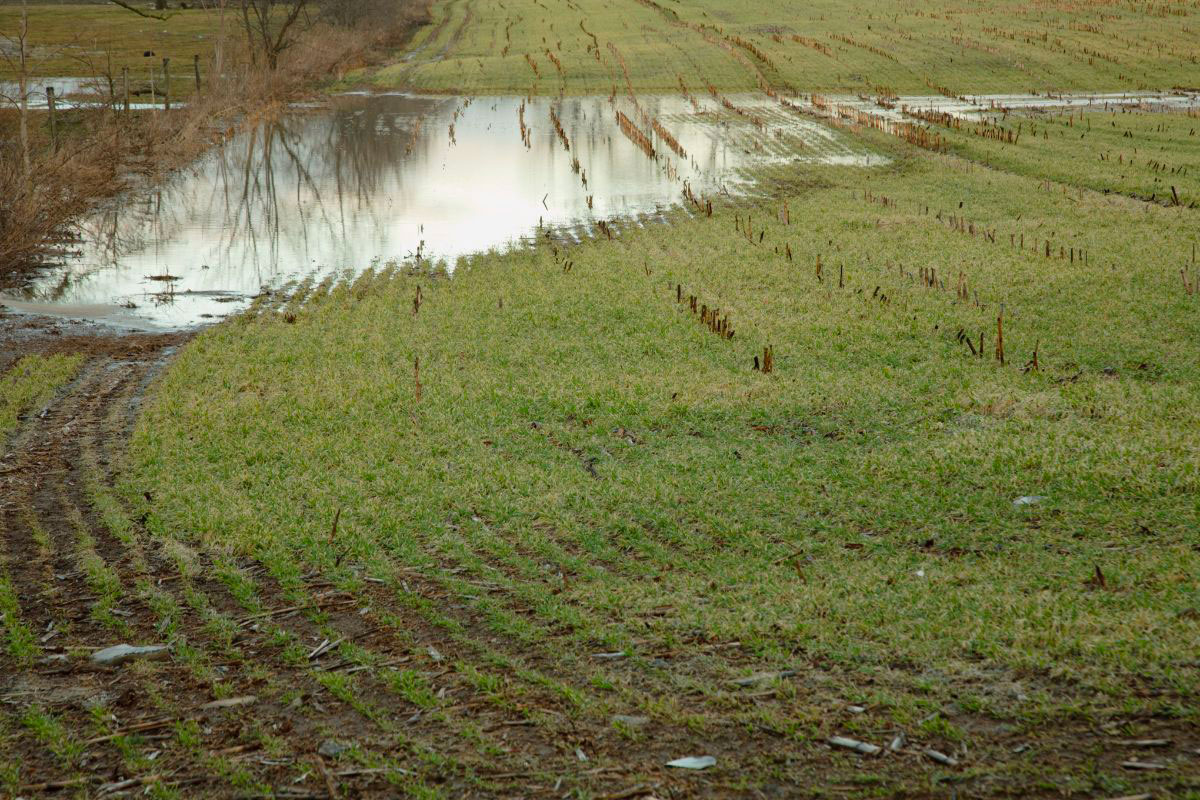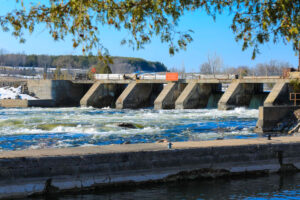How Technological Innovations Improve Flood Management: Reality and Impact
Flooding is a major challenge for cities and coastal regions around the world. Recent technological advances are providing innovative solutions to improve flood management, reduce damage and protect communities. This article looks at how these innovations are transforming flood risk management and analyses their tangible impact on modern societies.
Key Technologies for Flood Management
Recent innovations in technology have led to the development of powerful tools for monitoring, forecasting and managing floods. Here are some of the key technologies that are making a real difference:
- Early Warning Systems
Early warning systems use sensors and instruments to monitor meteorological and hydrological conditions. For example, sensors installed in rivers and drainage areas measure water levels and detect rapid variations that may indicate impending flooding. These systems make it possible to issue early warnings and coordinate responses before floods cause major damage. - Advanced hydrological modelling
Hydrological modelling software integrates meteorological, geographical and historical data to predict flood scenarios. These advanced models simulate the impact of different factors, such as intense rainfall or snowmelt, enabling authorities to plan appropriate management measures and prepare response strategies. - Digital mapping technologies
Mapping technologies, including satellite images and drones, provide accurate, real-time representations of flooded areas. These tools help to assess the extent of flooding, identify the worst-affected areas and coordinate relief efforts. They also provide interactive maps for residents so that they can follow developments in the situation. - Forecasting and warning applications
Mobile applications and alert platforms disseminate essential information to citizens and emergency services. They provide weather forecasts, flood alerts and safety advice, enabling residents to prepare accordingly and authorities to deploy resources more effectively.
Concrete Impact of Technological Innovations on Communities
Technological innovations are having a significant impact on flood management, with visible positive effects on affected communities:
- Reducing material damage
By enabling early detection and rapid response, technologies reduce the material damage caused by flooding. Early warnings enable residents to evacuate in time and protect their property, while real-time information helps to direct rescue operations and minimise disruption. - Improved responsiveness of emergency services
Accurate, real-time data facilitates coordination between emergency services and rescue teams. Modelling and mapping tools enable more effective planning of operations, improving the speed of response and optimising the use of resources. - Supporting sustainable urban planning
Monitoring and forecasting technologies help urban planners to design infrastructures that are resilient to flooding. By incorporating accurate data into development plans, cities can reduce their vulnerability to future flooding and implement effective prevention measures. - Strengthening Community Resilience
Applications and information platforms strengthen community preparedness and resilience. By providing information on risks and safety measures, they help residents to adopt preventive behaviours and prepare adequately for extreme weather events. - Optimising risk management costs
The effective use of technology means that financial and human resources can be better managed. Data and forecasts help to allocate funds strategically, reduce emergency response costs and invest in long-term risk management solutions.
Conclusion: Towards More Effective Flood Management through Technology
Technological innovations are providing concrete and effective solutions to improve flood management. By facilitating early detection, accurate forecasting and rapid response, these technologies play a crucial role in reducing damage and protecting communities. Their tangible impact can be seen in the way cities prepare for floods, respond to crises and build resilience.
By continuing to invest in these technologies and integrating them into risk management strategies, we can look forward to more effective flood management and better protection of people in the face of growing climate challenges.

My name is Martin Desmet and I’m passionate about flood studies and hydrological risk management. For more than 20 years, I have devoted my career to understanding flood-related phenomena and helping communities to better prepare for and protect themselves against these devastating events. After completing my doctorate in hydrology at the University of Liège, I had the opportunity to work on various projects in collaboration with government bodies, NGOs and private companies. My career has led me to take a close interest in flood modelling and the impact of climate change on our hydrological regimes. I have also had the opportunity to contribute to the design of early warning systems and emergency plans for vulnerable regions. Even though I have published a few scientific articles and given lectures, I remain first and foremost involved in the field, where I can provide concrete solutions tailored to the needs of communities. Outside work, I enjoy spending time in nature, particularly near rivers and wetlands, which inspire me and help me to better understand the ecosystems I study. My aim is to continue learning and sharing my knowledge to help reduce the impact of flooding on our lives and our environment.
Discover more from Flood-news.org
Subscribe to get the latest posts sent to your email.








Leave a Reply